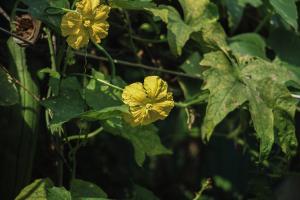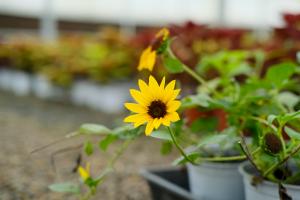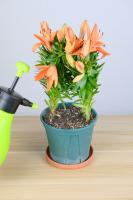Is High TDS Water Good for Plants?
Water is essential for plant growth, but not all water is created equal. Total Dissolved Solids (TDS) is a measure of the amount of inorganic and organic substances in water. Some water sources have high TDS levels, which can affect the health and growth of plants. In this article, we will explore whether high TDS water is good for plants or not.
What is TDS?
TDS is the measure of the total amount of dissolved substances in water. These substances can be inorganic, such as minerals and salts, or organic, such as algae and plant matter. TDS is measured in parts per million (ppm), and a high TDS level indicates that there are many dissolved substances in the water.
Effects of High TDS on Plants
When plants are exposed to high TDS water, several negative effects can occur. High TDS levels can lead to nutrient deficiencies, as the dissolved minerals and salts in the water can interfere with the plant's ability to absorb nutrients from the soil. Additionally, high TDS water can cause salt buildup in the soil, which can lead to root damage and stunted growth.
Plants that Tolerate High TDS Levels
Although high TDS water may not be ideal for most plants, there are some species that can tolerate or even thrive in high TDS levels. Some examples of these plants include succulents, cacti, and other desert plants. These plants have evolved to survive in harsh environments with limited water resources, and are able to tolerate high TDS levels.
How to Determine TDS Levels
If you are unsure of the TDS levels in your water source, you can purchase a TDS meter to test the water. TDS meters are inexpensive and easy to use, and can provide you with an accurate measurement of the TDS levels in your water.
How to Reduce TDS Levels
If your water source has high TDS levels, there are several ways to reduce the levels to make it suitable for plants. One way is to use a reverse osmosis filter, which removes most of the dissolved minerals and salts from the water. Another option is to mix high TDS water with low TDS water to dilute the concentration.
Conclusion
Overall, high TDS water is not good for most plants and can lead to nutrient deficiencies and stunted growth. However, some plants are able to tolerate or thrive in high TDS environments. If you have high TDS water, there are ways to reduce the level to make it suitable for plants. Testing the TDS level and adjusting accordingly can help ensure healthy plant growth.

 how many times do yo...
how many times do yo... how many planted tre...
how many planted tre... how many pine trees ...
how many pine trees ... how many pecan trees...
how many pecan trees... how many plants comp...
how many plants comp... how many plants can ...
how many plants can ... how many plants and ...
how many plants and ... how many pepper plan...
how many pepper plan...






























